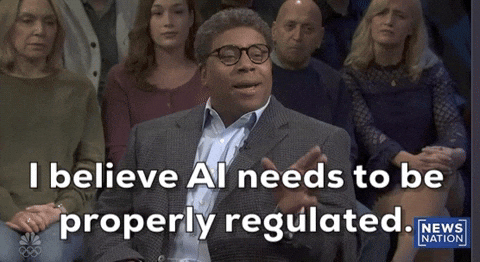
Title: The Rise of AI Deadbots: A New Era in Digital Afterlife Management? The world has witnessed an unprecedented surge in technological advancements over recent years, with artificial intelligence (AI) playing a significant role in shaping our future. One such development that is causing quite the stir among researchers and tech enthusiasts alike is the emergence of AI deadbots – digital avatars created using AI technology to represent deceased individuals. These virtual entities are not only capturing the imagination of people worldwide but also raising concerns about their potential commercial exploitation. In a world where technology continues to evolve at breakneck speed, it’s no surprise that we find ourselves on the cusp of another groundbreaking innovation: AI deadbots. These digital entities are created using advanced algorithms and machine learning techniques, allowing them to mimic the speech patterns, mannerisms, and even personalities of deceased individuals with remarkable accuracy. The concept of creating AI avatars for the deceased is not entirely new; we’ve seen examples in popular culture such as the digitally manipulated Fred Astaire appearing in a Dirt Devil commercial back in 1997, just a decade after his death. However, what sets today’s AI deadbots apart from their predecessors is their ability to engage with audiences on an emotional level and persuade them towards specific causes or actions. One notable example of this was when the family of Joaquin Oliver, one of the victims of the 2018 Parkland school shooting in Florida, created a beanie-wearing AI avatar of him to advocate for stricter gun control laws. The impactful interview with journalist Jim Acosta generated significant attention and helped create urgency around the issue. Another instance was when Chris Pelkey’s family used an AI deadbot to deliver his video impact statement at the sentencing hearing of the man who fatally shot him in Arizona. Judge Todd Lang, after listening to the AI-generated testimony, handed down the maximum sentence. This demonstrates how powerful these digital entities can be in influencing public opinion and driving change. The digital afterlife industry is expected to quadruple in size over the next decade, reaching nearly $80 billion dollars. A significant part of this growth will come from the creation and management of AI deadbots. As technology companies explore their commercial potential, concerns about ethical considerations and exploitation are starting to surface among researchers and other stakeholders. New Yorker cartoonist Amy Kurzweil aptly sums up the emotional impact of these digital entities when she says, “There is powerful rhetoric with a deadbot because it is tapping into all of that emotional longing and vulnerability.” The rise of AI deadbots marks a new era in digital afterlife management, one where we must carefully navigate the line between innovation and exploitation. In conclusion, while the concept of creating AI avatars for deceased individuals may seem unsettling at first glance, it is essential to recognize its potential benefits – particularly when it comes to advocacy and driving social change. However, as we continue down this path, it’s crucial that we remain vigilant about ethical considerations and ensure that these digital entities are used responsibly and with respect for the individuals they represent.
Source: [Original Article](https://www.npr.org/2025/08/26/nx-s1-5508355/ai-dead-people-chatbots-videos-parkland-court)
#”deadbots”
Check out my AI projects on Hugging Face, join our community on Discord, and explore my services at GhostAI!

